The Influence of Texture in Rug Design
A well-chosen rug can make a room look and feel more inviting and stylish. Choosing texture in rug design is subjective, but there are some factors to remember when choosing a rug design for your home.
Along with the rug being durable and functional, you also want it to add to the room's ambiance. The right rug based on the room size and layout can easily bring warmth and cohesion to any living space.

Choosing the Right Rug
Choosing the right rug for your home will mainly depend on what you want to achieve. If you are looking to make your rug the centre of attention, here are a few factors you will need to consider when choosing rugs based on texture.
Sensory Appeal
The thickness of the pile is a great way to add texture to your space. The pile's thickness also gives off a certain tactile sensation, which is why it is best to make sure you get familiar with how low-pile and high-pile rugs feel before making a decision. Since the sensory reaction of both types of rugs is unique, it pays to do your research before choosing rugs based on texture.
Visual Depth
The main factor that adds flair to the visual of your rug is depth. Few people know this, but adding a round rug to a room can make it look larger. On the other hand, a rug that has a high pile can give off a cosy vibe. Rug design is also used to draw attention to a particular area in a room or away from it. To get that sleek, classic feel, a rug with a low pile is recommended. Visual depth is one of the best ways to enhance the appearance of a rug, whether you are using contrasting colours or patterns.

The Materials
Let's not forget about the importance of the material of the rug when it comes to texture in rug design. A Heriz Serapi rug uses wool with a high concentration of iron, giving it a much different texture than silk rugs. That being said, synthetic material rugs give off a completely different feel as compared to a cotton, wool, or silk rug.
Ending Note
Adding a unique rug can complement any living space. When choosing rugs based on texture, they can give any room in your home a nice, cosy feeling. Texture impact on rugs is difficult to ignore when selecting a rug for your home. The good news is, at The Rugs, you can begin your search for that perfect piece by searching rugs by room, rugs by color; rugs by style, or rugs by size.
Rug Design Ideas: Inspiring Patterns for Every Space
Explore a world of rug design ideas to transform your living spaces. From bold geometrics to subtle textures, the right rug can anchor your room's aesthetic. Consider layering rugs for added depth and interest. Experiment with unexpected colour combinations to create a unique focal point. For a cohesive look, choose designs that complement your existing decor. Don't forget to consider practical aspects like foot traffic and maintenance when selecting your ideal rug design.

Rug Design for Living Room: Creating a Stylish Centrepiece
Your living room rug serves as the foundation for your entire decor scheme. Opt for large area rugs that can accommodate all your furniture legs for a unified look. Abstract patterns can add a modern touch, while traditional motifs offer timeless elegance. Consider the room's colour palette when selecting your rug design to ensure harmony. For high-traffic areas, choose durable materials with intricate patterns that can hide wear and tear.
Rug Design for Bedroom: Comfort and Style Underfoot
Enhance your bedroom's cosiness with the perfect rug design. Plush, high-pile rugs offer luxurious comfort for bare feet. Consider soothing colours and patterns that promote relaxation. For a statement piece, place a bold rug design at the foot of your bed. In larger bedrooms, layering rugs can define different areas while adding visual interest. Remember to choose a size that extends beyond your bed for a balanced look.

Rug Design Styles: From Traditional to Contemporary
Explore various rug design styles to find the perfect match for your home. Persian and Oriental styles offer intricate patterns and rich colours for a classic look. Scandinavian designs feature clean lines and minimalist patterns, ideal for modern interiors. Bohemian styles incorporate vibrant colours and eclectic patterns for a free-spirited vibe. For a timeless appeal, consider transitional designs that blend traditional and contemporary elements.
Rug Design Names: Understanding Popular Patterns
Familiarise yourself with common rug design names to make informed choices. Medallion designs feature a central motif surrounded by intricate borders. Trellis patterns offer geometric appeal with interlocking shapes. Ikat designs showcase blurred, ethnic-inspired patterns. Moroccan-inspired rugs often feature diamond shapes or tribal motifs. Knowing these design names can help you communicate your preferences and find the perfect rug for your space.

Rug Design Types: Exploring Weaves and Constructions
Discover various rug design types based on their construction methods. Hand-knotted rugs offer unparalleled craftsmanship and durability. Flatweave rugs, like kilims, provide a low-profile option ideal for layering. Tufted rugs offer a plush feel and are available in various pile heights. Machine-made rugs provide affordable options in a wide range of designs. Understanding these design types can help you choose a rug that meets both your aesthetic and practical needs.
FAQs
How does texture affect design?
Texture adds depth and interest to design, creating visual and tactile experiences that engage the senses and enhance overall aesthetics.
What is the texture of a rug?
Rug texture varies from plush and soft to rough and coarse, depending on materials and weaving techniques used.
What is the influence of texture?
Texture influences perception and mood, affecting how we interact with and experience our environment.
What benefit can texture bring to a design?
Texture can add visual weight, create contrast, and evoke emotional responses, enhancing the overall design impact.
Why is texture important in fabric decoration?
In fabric decoration, texture adds dimension and interest, making designs more visually appealing and tactilely engaging.
What is the principle of texture in design?
The principle of texture in design involves using surface qualities to create visual and tactile interest, enhancing the overall composition.
What are the factors affecting texture?
Factors affecting texture include material composition, manufacturing techniques, lighting, and environmental conditions.
How important is texture?
Texture is crucial in design as it adds depth, interest, and sensory appeal, making spaces and objects more engaging and memorable.
How does texture affect fashion?
In fashion, texture influences garment appearance, comfort, and functionality, contributing to overall style and wearability.
How does texture effect art?
Texture in art adds dimension and depth, enhancing visual interest and inviting tactile exploration of the artwork.
What is the importance of texture in product design?
In product design, texture affects user experience, influencing grip, comfort, and perceived quality of the product.
How does texture affect the product?
Texture affects products by influencing their appearance, functionality, and user interaction, impacting overall product success.
How important is texture in interior design?
Texture is vital in interior design for creating balance, adding visual interest, and enhancing the overall atmosphere of a space.
How does texture impact emotion in interior design?
Texture in interior design can evoke specific emotions, from comfort and coziness with soft textures to sophistication with sleek surfaces.
What is the effect of texture?
The effect of texture is to add depth, interest, and sensory appeal to designs, enhancing visual and tactile experiences.
How does texture create contrast?
Texture creates contrast by juxtaposing different surface qualities, such as smooth against rough, adding visual interest and depth.
What determines the quality of a rug?
Rug quality is determined by fiber type, weave density, pile height, and overall construction techniques.
What makes a rug feel soft?
Soft rugs typically feature high-quality fibers like wool or silk, and have a dense, plush pile.
Which carpet texture is best?
The best carpet texture depends on the space and needs, but plush and frieze textures are popular for their comfort and durability.
What makes a rug modern?
Modern rugs often feature bold patterns, geometric shapes, and contemporary color palettes, with an emphasis on minimalism and abstract designs.
What is the texture of a jute rug?
Jute rugs have a natural, coarse texture with a slightly rough feel, offering a rustic and organic aesthetic.
Is textured carpet in style?
Yes, textured carpet remains stylish, offering visual interest and practicality in various interior design schemes.
Why is texture important?
Texture is important because it adds depth, interest, and sensory appeal to designs, enhancing overall aesthetic and functional qualities.
Why is texture important in textile design?
In textile design, texture is crucial for creating visual and tactile interest, influencing the fabric's appearance, feel, and functionality.
Is texture a principle of design?
Yes, texture is a fundamental principle of design, alongside elements like color, shape, and form.
How is texture used in fashion design?
Fashion designers use texture to add visual interest, create contrast, and influence the overall look and feel of garments.
How does texture affect an image?
Texture in images adds depth and realism, enhancing visual interest and conveying information about surfaces and materials.
How does texture affect architecture?
In architecture, texture influences visual appeal, acoustics, and the overall experience of a space, both internally and externally.
How does texture enhance art?
Texture enhances art by adding dimension, depth, and tactile qualities, inviting viewers to engage more deeply with the artwork.
What does texture affect in fashion?
In fashion, texture affects garment appearance, comfort, drape, and overall style, influencing how clothing looks and feels.
How does texture affect composition?
Texture in composition adds visual interest, creates focal points, and helps guide the viewer's eye through the design.
How does texture change value in artwork?
Texture can alter perceived value in artwork by adding depth, creating shadows, and influencing how light interacts with the piece.
What are the visual elements of texture?
Visual elements of texture include pattern, grain, roughness, smoothness, and the interplay of light and shadow on surfaces.
How do we use texture in interior design?
In interior design, texture is used to add depth, create contrast, and enhance the overall sensory experience of a space.
What makes a rug comfortable?
Comfortable rugs typically feature soft, dense fibers, adequate padding, and appropriate pile height for the intended use.
Is textured carpet better?
Textured carpet can be better for hiding footprints and vacuum marks, and adding visual interest to a room.
How should you style a rug?
Style a rug by considering room size, furniture layout, and overall design scheme, ensuring it complements and anchors the space.
What is the texture of a polypropylene rug?
Polypropylene rugs often have a smooth, uniform texture that can mimic natural fibers while offering durability and stain resistance.
Does texture carpet show footprints?
Textured carpets generally show fewer footprints compared to plush or velvet-like carpets due to their uneven surface.
What makes a rug contemporary?
Contemporary rugs often feature bold patterns, abstract designs, and innovative materials or weaving techniques.
What is a high quality rug made of?
High-quality rugs are typically made of natural fibers like wool, silk, or cotton, known for their durability and luxurious feel.
What is rug in interior design?
In interior design, a rug is a textile floor covering used to add warmth, comfort, and style to a space, often defining areas within a room.
What material is soft for a rug?
Soft rug materials include wool, silk, viscose, and high-quality synthetic fibers like microfiber or nylon blends.
What is the purpose of texture?
The purpose of texture is to add visual and tactile interest, create depth, and enhance the overall sensory experience in design.
What are the effects of texture in fashion design?
In fashion design, texture influences garment appearance, comfort, and functionality, contributing to the overall aesthetic and wearability.
How do you describe the texture of a rug?
Describing a rug's texture involves engaging multiple senses. Focus on tactile qualities like softness, roughness, or smoothness. Consider the pile height - whether it's plush and deep or flat and tight. Mention the fiber type, such as silky wool or coarse jute. Describe the visual texture - is it uniform or varied? Use evocative language like "cloud-like softness" or "robust, nubby surface" to paint a vivid picture. Remember, texture contributes significantly to a rug's overall character and comfort.
What is textured carpet called?
Textured carpet is often referred to as frieze carpet. This style features tightly twisted fibers that curl in different directions, creating a casual, textured appearance. It's also known as "twist pile" or "textured plush" carpet. Frieze carpets offer a modern take on traditional shag, with shorter fibers that are more durable and easier to maintain. They're prized for their ability to hide footprints and vacuum marks, making them ideal for high-traffic areas.
What are the styles of rugs?
Rug styles are diverse, reflecting various cultures and design trends. Traditional rugs include Persian, Oriental, and Turkish styles, known for intricate patterns and rich colors. Contemporary rugs feature bold geometrics, abstract designs, or minimalist patterns. Transitional rugs blend elements of both traditional and modern styles. Shag rugs offer plush comfort, while flatweave rugs like kilims provide durability. Natural fiber rugs made from jute or sisal bring organic textures. Each style can dramatically influence a room's ambiance, from formal elegance to casual comfort.
How do I choose a rug design?
Choosing a rug design involves considering several factors. First, assess your space - the room's size, existing decor, and color scheme. Determine the rug's purpose - is it a focal point or a subtle complement? For high-traffic areas, opt for durable patterns that hide wear. In quieter spaces, you might choose more delicate designs. Consider your personal style - do you prefer bold statements or subtle elegance? Don't forget practicality; think about maintenance and cleaning. Ultimately, select a design that resonates with you emotionally while meeting your functional needs.
How do you describe texture in design?
In design, texture adds depth and interest to visual and tactile experiences. Describe texture using vivid, sensory language that evokes touch, even when the texture is only visual. Use terms like "rough," "smooth," "bumpy," or "silky." Consider the visual weight - does the texture make the object appear heavy or light? Discuss how light interacts with the texture, creating shadows or highlights. Mention any patterns or irregularities in the texture. For digital designs, describe how textures create the illusion of depth or material qualities. Remember, effective texture descriptions should make the reader feel as if they can reach out and touch the surface.
Related Posts
Related Rug Collections





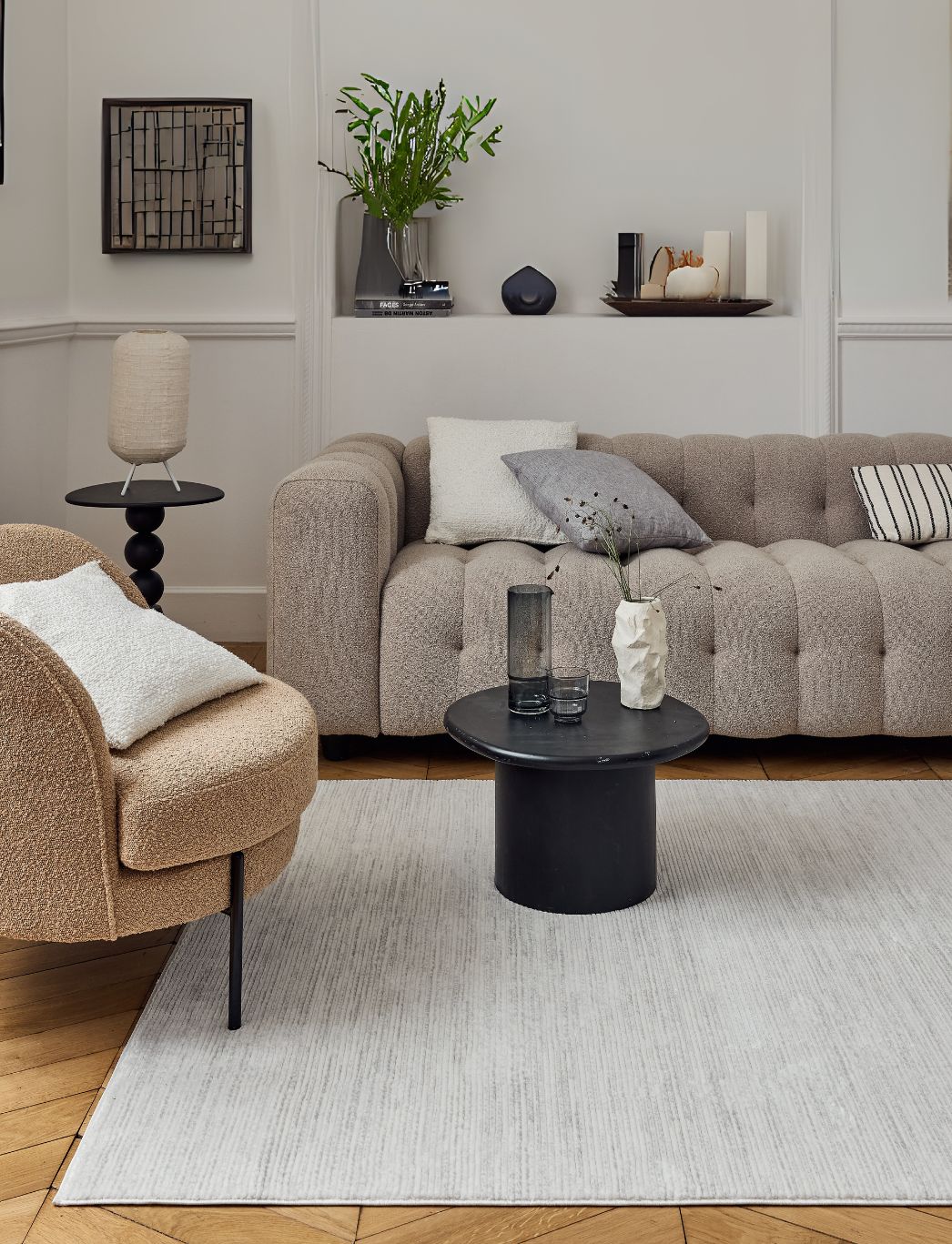
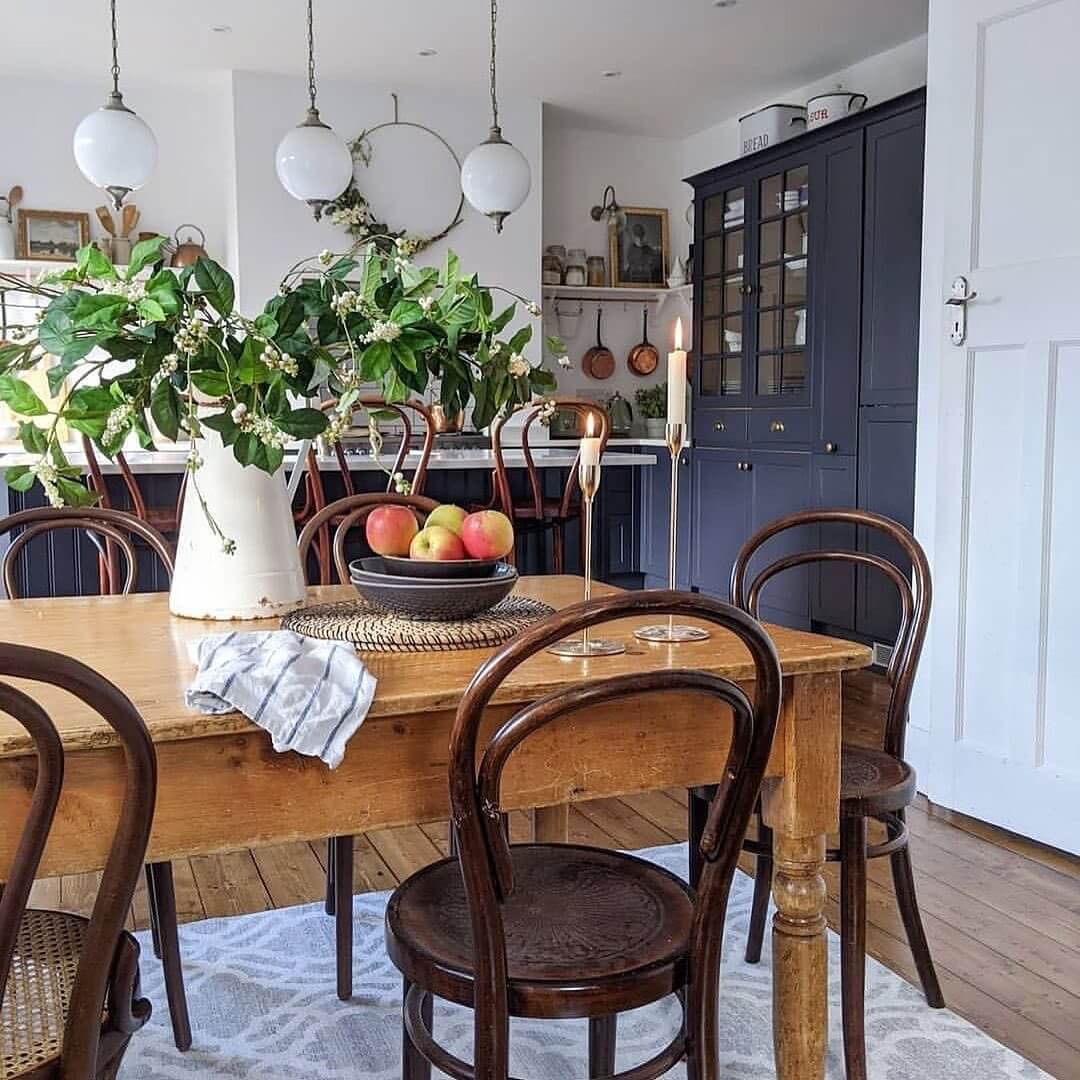
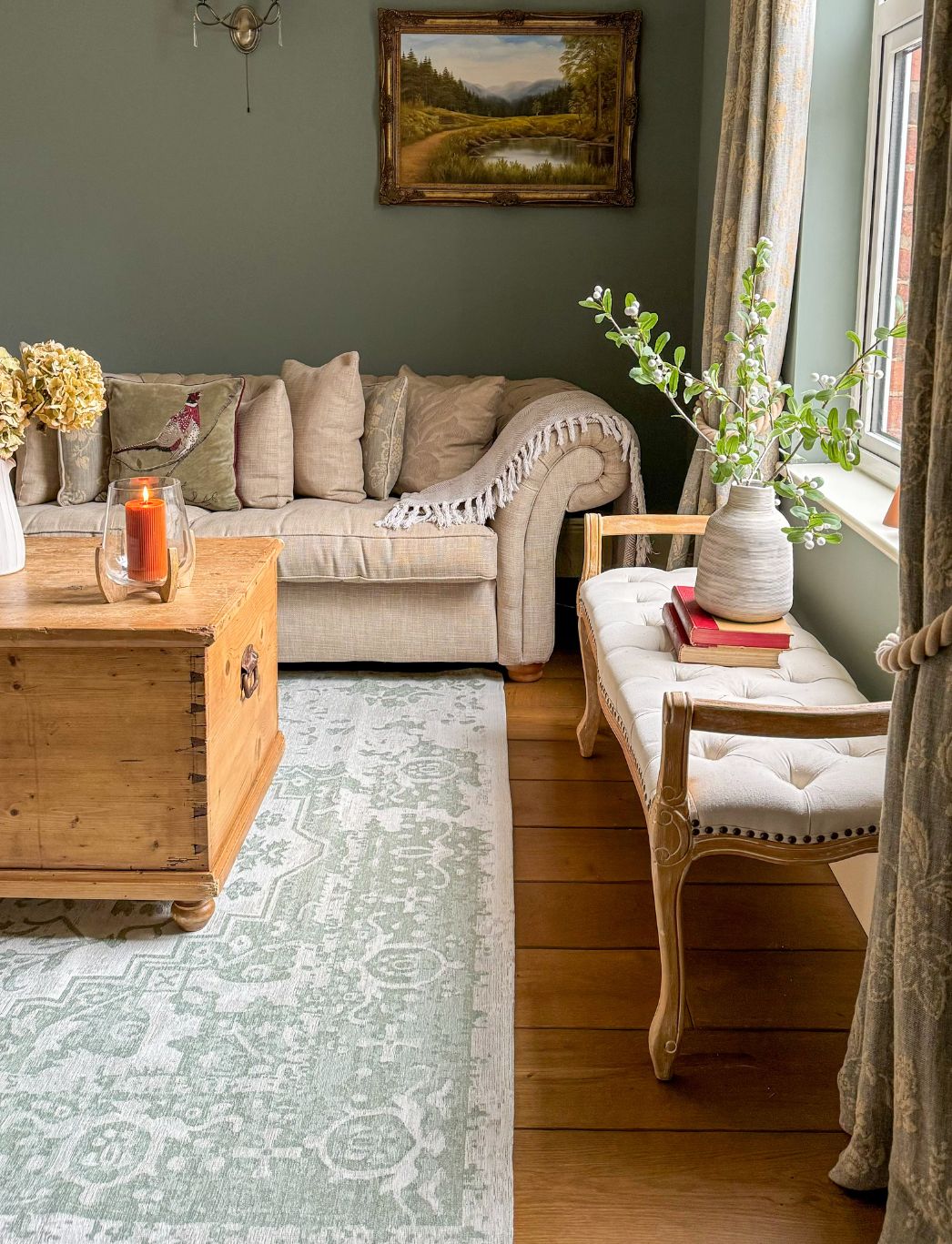
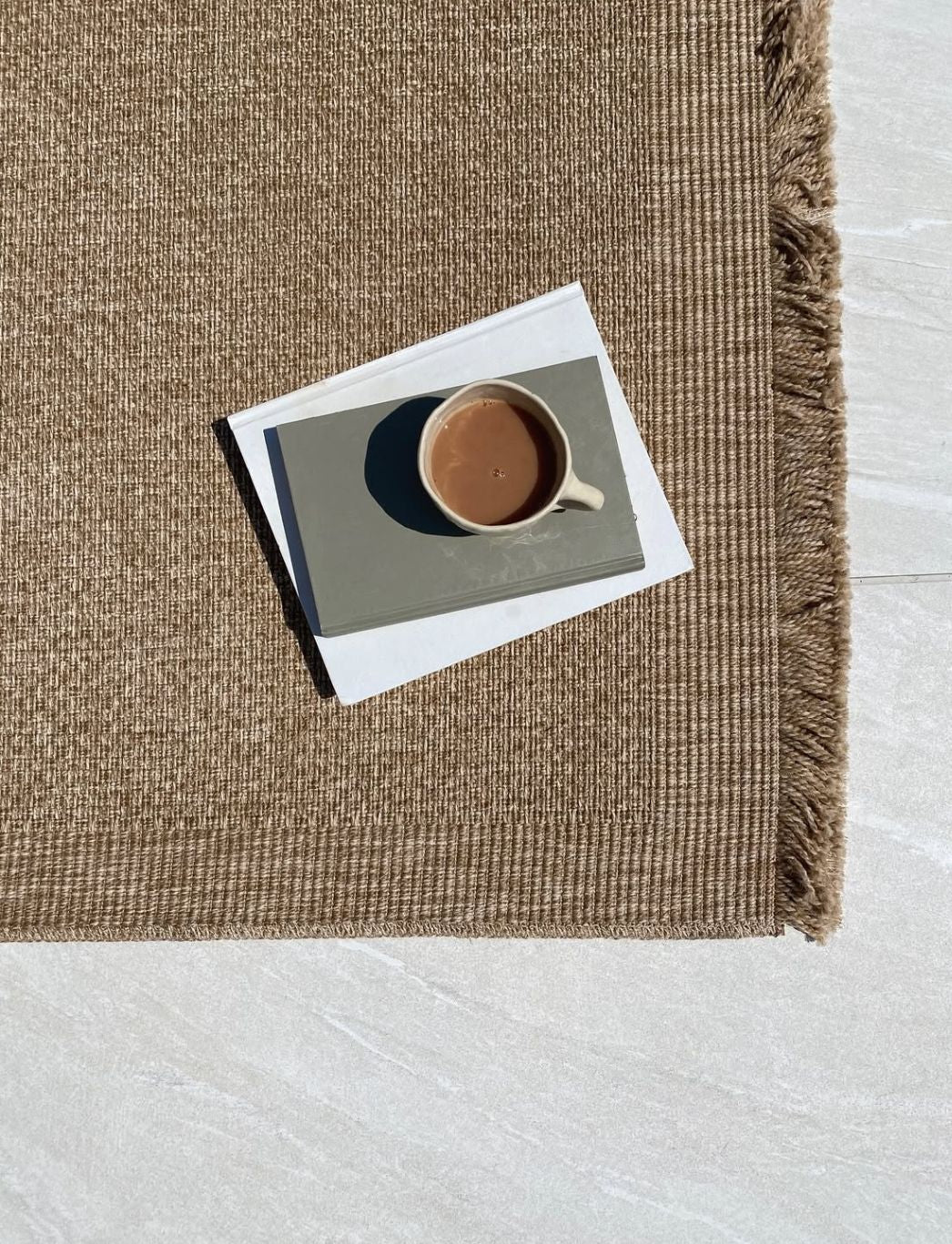
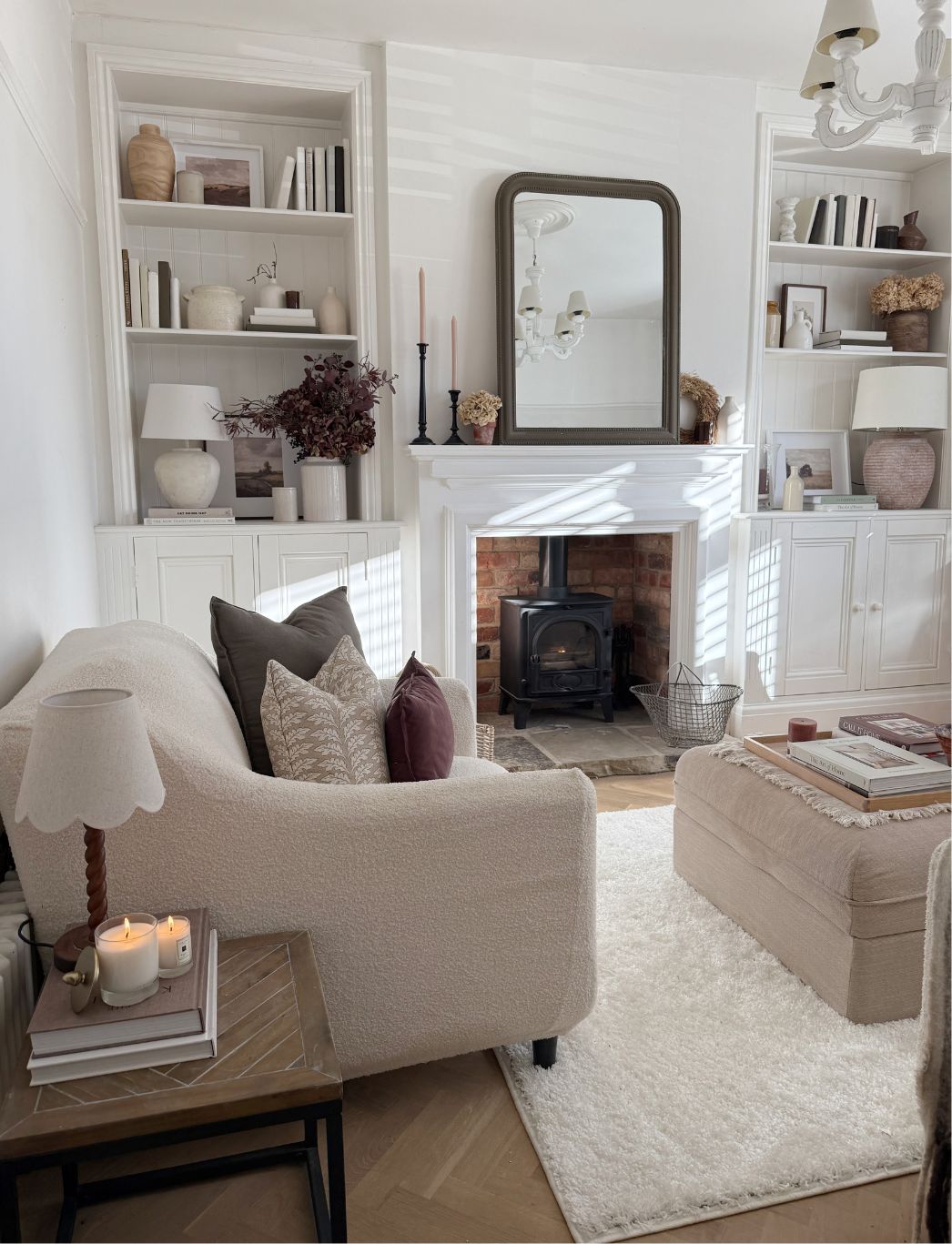
Leave a comment